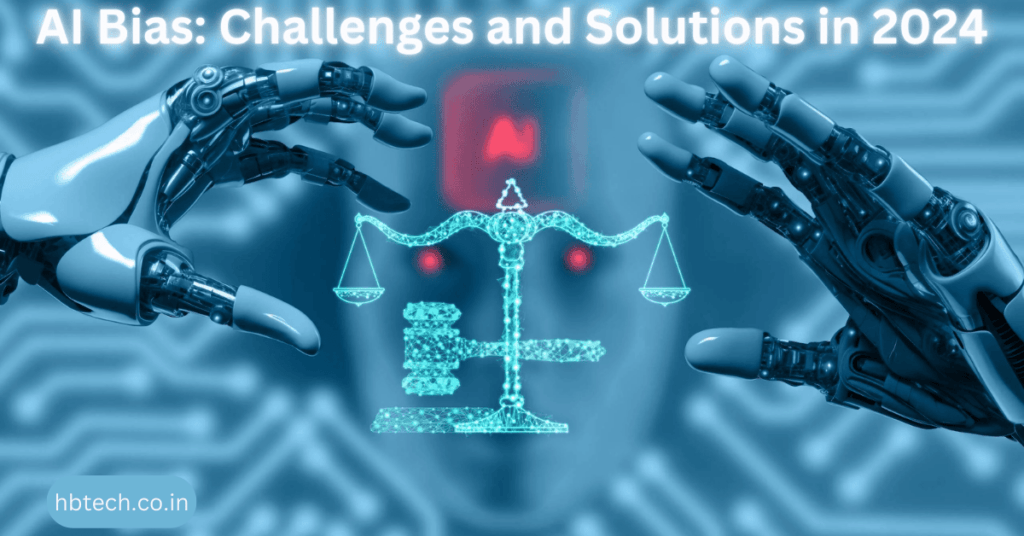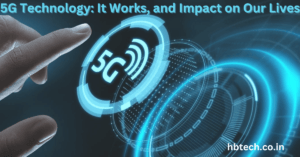AI Bias

Artificial Intelligence (AI) is increasingly part of our everyday lives, from helping businesses make decisions to powering healthcare tools and recruitment systems. While AI offers many benefits, it has a significant challenge: bias. AI bias happens when systems produce unfair or unequal outcomes due to biased data or algorithms. In 2024, the focus is on reducing these biases to ensure AI is fair and inclusive. Let’s explore how AI experts are addressing this issue.
Algorithmic Fairness: Making Decisions Fair for All
One way to tackle AI bias is through algorithmic fairness—designing systems that treat everyone equally. Fairness ensures that AI doesn’t discriminate against any group based on factors like gender, race, or age. For example, in recruitment, algorithms that unfairly prefer one gender over another can be adjusted to consider only job-relevant qualities. This effort to create balanced algorithms is critical to ensuring AI tools work for everyone.
Cleaning Up the Data: Data Bias Mitigation
AI systems learn from data, and if the training data contains bias, the AI will replicate it. Data bias mitigation is all about identifying and correcting biases in datasets. For example, a facial recognition AI trained primarily on light-skinned faces may struggle to recognize people with darker skin tones. To fix this, developers are working to include more diverse and balanced data during training. Tools are also available to analyze datasets and highlight biases before training begins.
Ethical AI Frameworks: Setting the Rules for AI
As AI becomes more influential, organizations are turning to ethical AI frameworks for guidance. These frameworks provide rules and principles to make sure AI systems are designed with fairness, inclusivity, and transparency in mind. Governments, tech companies, and researchers are working together to ensure AI is developed responsibly. For example, some frameworks require regular testing of AI models to check for biases and prevent harm to underrepresented communities.
Bias Detection Tools: Finding the Problem Early
Developers are using specialized bias detection tools to identify unfair patterns in AI systems before they are launched. These tools can measure how different demographic groups are affected by an AI system’s decisions. For instance, a financial AI tool predicting loan approvals can be tested to ensure it isn’t favoring one group over another. Detecting bias early helps companies fix issues before they cause harm in real-world applications.
Inclusivity in AI Design: Building for Everyone
Another key trend is inclusivity in AI design, which means involving people from different backgrounds in AI development. If only a narrow group of people works on AI systems, the technology may not serve everyone equally. By bringing in diverse voices—such as women, minority groups, and people from various cultures—AI teams can identify blind spots and create systems that work for a wider audience.
Why Does AI Bias Matter?
AI systems influence critical areas like healthcare, hiring, and criminal justice. When biases are present, they can lead to unfair decisions, such as denying a loan to someone based on biased data or making inaccurate predictions in healthcare. This can damage trust in AI and harm people’s lives. Tackling bias is essential to make sure AI tools are fair, ethical, and beneficial for all.
Next for AI Bias in 2024
In 2024, the focus on reducing AI bias is stronger than ever. With advancements in algorithmic fairness, bias detection tools, and ethical frameworks, developers are better equipped to address this issue. Collaboration between policymakers, researchers, and tech companies is also helping to create rules and regulations that hold organizations accountable for biased AI systems.
AI bias is a serious issue, but progress is being made to solve it. By focusing on fairness, improving data quality, and designing inclusive systems, the tech industry is moving closer to building AI tools that work for everyone. Tackling bias isn’t just about improving technology—it’s about ensuring that AI supports fairness, equality, and trust in every application it touches.
Frequently Asked Questions(FAQs)
What is AI bias?
AI bias refers to unfair or unequal outcomes produced by artificial intelligence systems due to biased data or flawed algorithms. It can result in discriminatory decisions affecting critical areas like hiring, healthcare, and criminal justice.
What causes bias in AI systems?
Bias in AI can arise from:
Training Data: Datasets used to train AI may reflect societal prejudices or lack diversity.
Algorithm Design: Flawed algorithms may amplify biases present in the data.
Lack of Inclusivity: Limited diversity in AI development teams can lead to blind spots in system design.What is the role of governments in reducing AI bias?
Governments are developing regulations and policies to hold organizations accountable for biased AI systems. These include rules for ethical design, regular testing, and transparency to ensure AI aligns with societal values.









